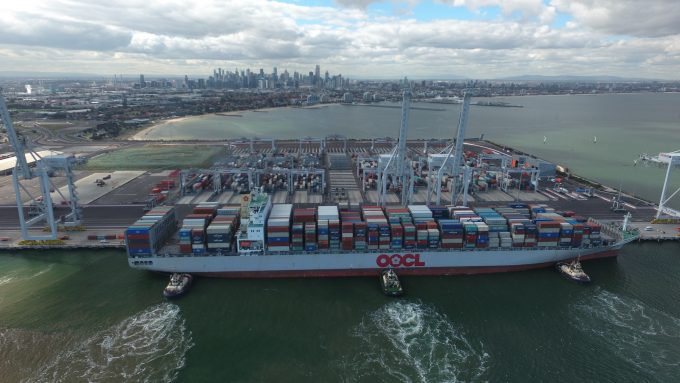Clear choice for shippers and forwarders, thanks to Rijeka terminal moves
Shippers and forwarders in central and southern Europe using the Croatian container gateway of Rijeka ...

Australian container supply chains could be set to change after the first call of an 8,000 teu-plus vessel at the port of Melbourne as carriers seek to capitalise on soaring Asia-Australasia demand.
Melbourne’s ICTSI-operated Victoria International Container Terminal (IVICT) last week handled the 8,063 teu OOCL Seoul, ...
MSC switches two more Asia-Europe port calls from congested Antwerp
Canada and Mexico get cosy with trade plan to bypass US
Front-loading frenzy has made traditional H2 peak season 'unlikely'
Tradelanes: Overcapacity on Asia-S America impacting alliances and rates
Why sustainable logistics is top priority for freight businesses
MSC shopping spree for newbuilds continues, and Yang Ming joins in
Ports and supply chain operators weigh in on funding for CPB
Box ship overcapacity threat from carrier appetite for new tonnage

Comment on this article